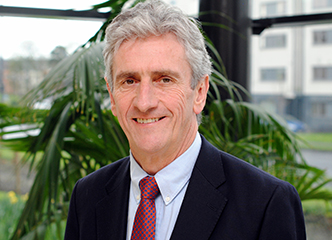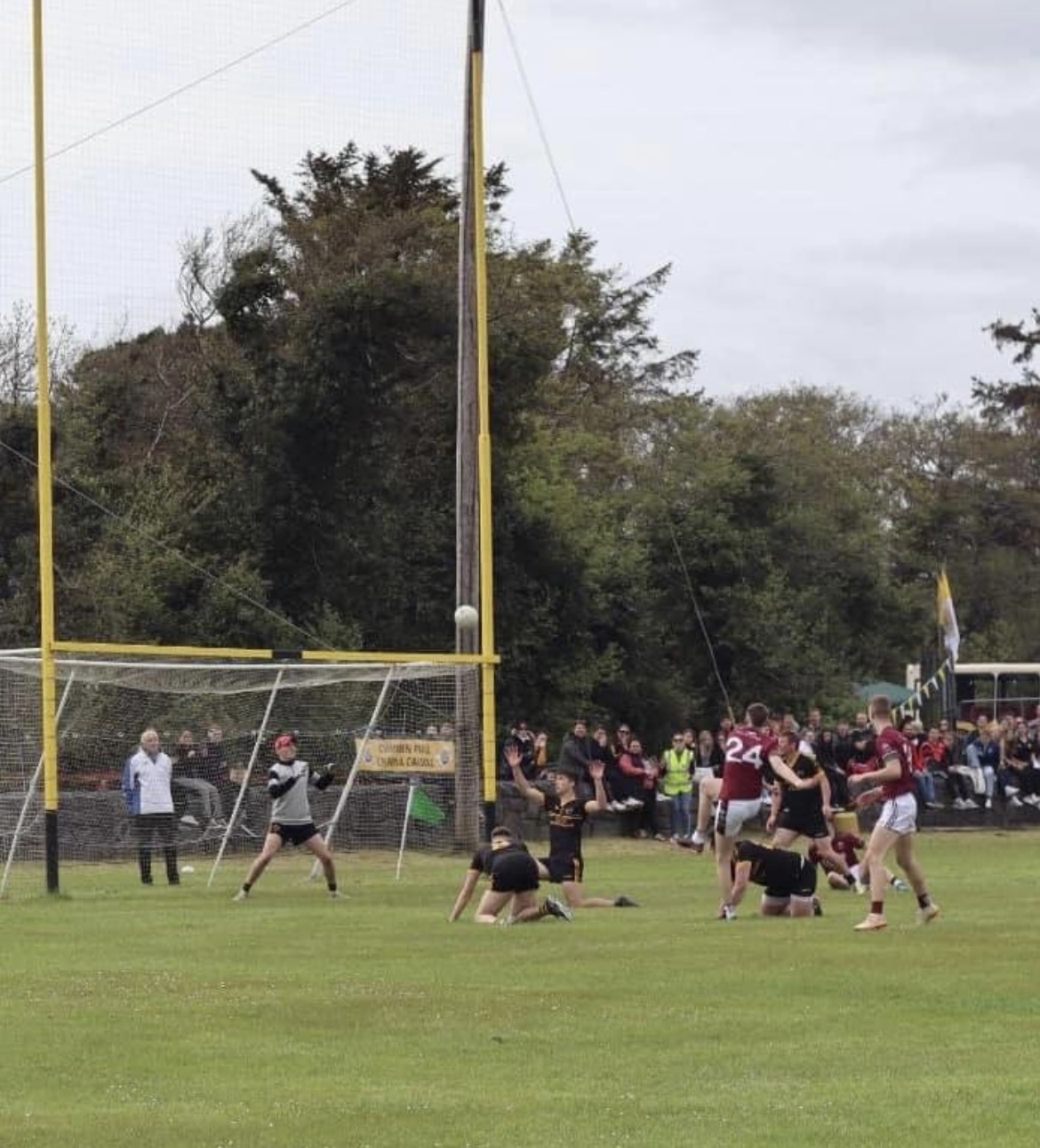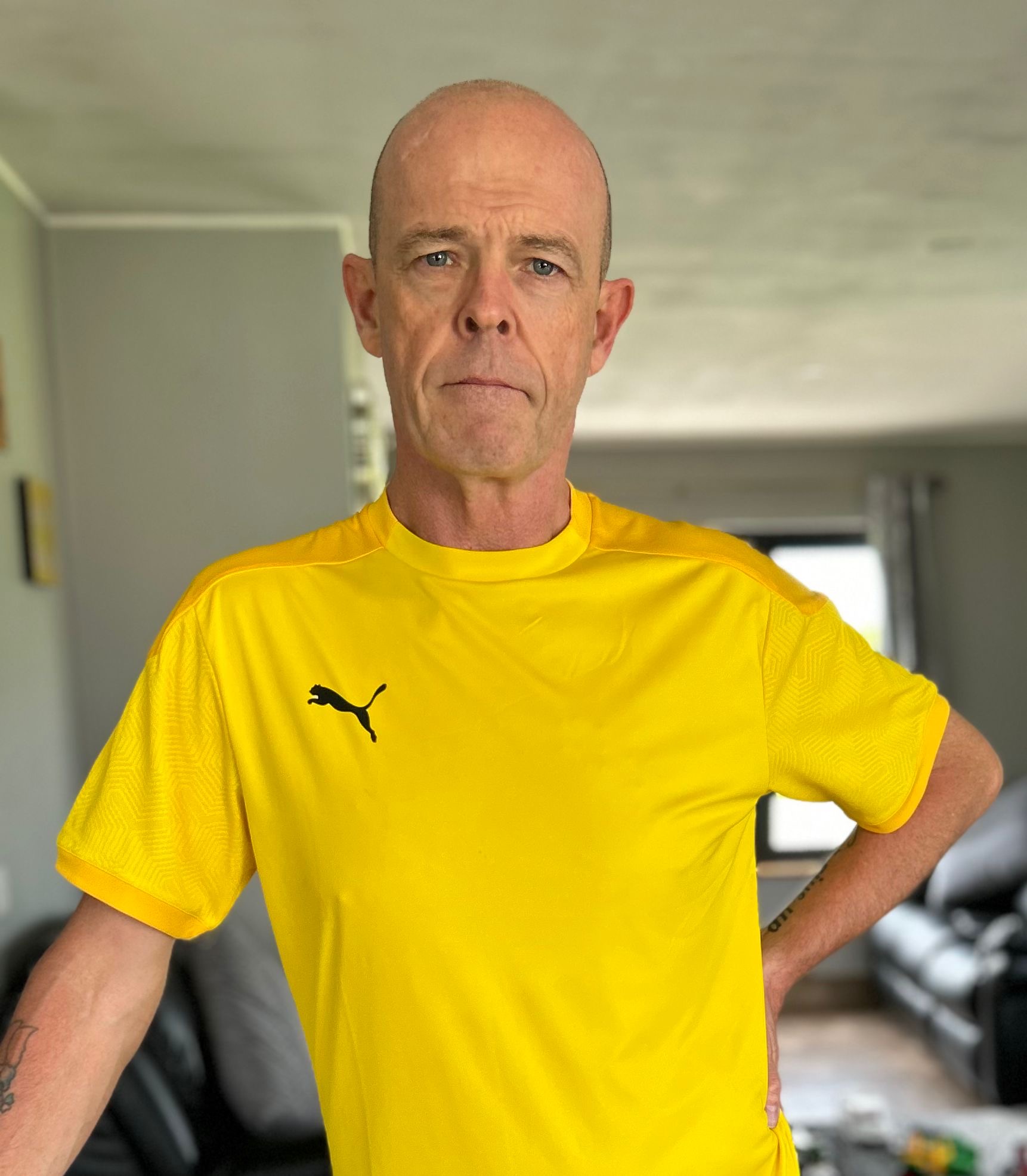Welcome to ‘On the Table’ – UPMC Sports Surgery Clinic’s orthopaedic advances podcast hosted by Dr Andy Franklyn-Miller, Consultant Sports & Exercise Medicine Physician at SSC.
The purpose of the podcast is to explore the reasons behind making a decision to operate in common orthopaedic conditions and explore the latest evidence and post-operative strategies.
In Episode Seven, we are delighted to speak to Mr Michael Kelleher Consultant Neurosurgeon and Mr Eoin Fenton Consultant Neurosurgeon at UPMC Sports Surgery Clinic.
This episode focuses on the topic of back pain and the management of radiculopathy and leg referral of pain and what to watch out for in cauda equina.
Shownotes:
04:14
Back pain is an incredibly common condition with huge morbidity caused with both time off in from work, lack of activity and pain, can you talk us through some of the epidemiology?
05:35
Can you talk us through some of the anatomical features in the back which can be associated with injury and pain?
08:15
How important is imaging of the spine in helping the patient and making the diagnosis?
12:20
Hesitancy and asymptomatic prevalence in MRI, how does use the scan to support the understanding rather than head to surgery?
14:40
The importance of strength and conditioning in back pain?
15:30
How long can rehabilitation of the back take?
16:16
If the patient cannot tolerate a strength intervention due to radiculopathy, what next?
18:50
What types of guided injection can be of help in a patient with pain and what are the differences between transiting and exiting nerve roots?
22:00
When is the indication to progress to consider microdisc surgery?
23:13
What actually happens in a microdiscetomy, and what differs when you have bony overgrowth from the facet joint?
24:30
What does the post-operative management look like?
27:00
If there was a recurrence of symptoms after surgery what options remain? And what are the risks of surgery?
29:04
What is Cauda equina syndrome, and what do we do?
32:00
How important is patient understanding in terminology?
33:00
Is digital rectal examination still important for rectal tone?
Neurospine Contact Details
| Suite: 10 UPMC Sports Surgery Clinic, Santry, Dublin 9. Phone: +353 1 526 2227 Fax: +353 1 526 2232 Email: info@neurospine.ie |

















